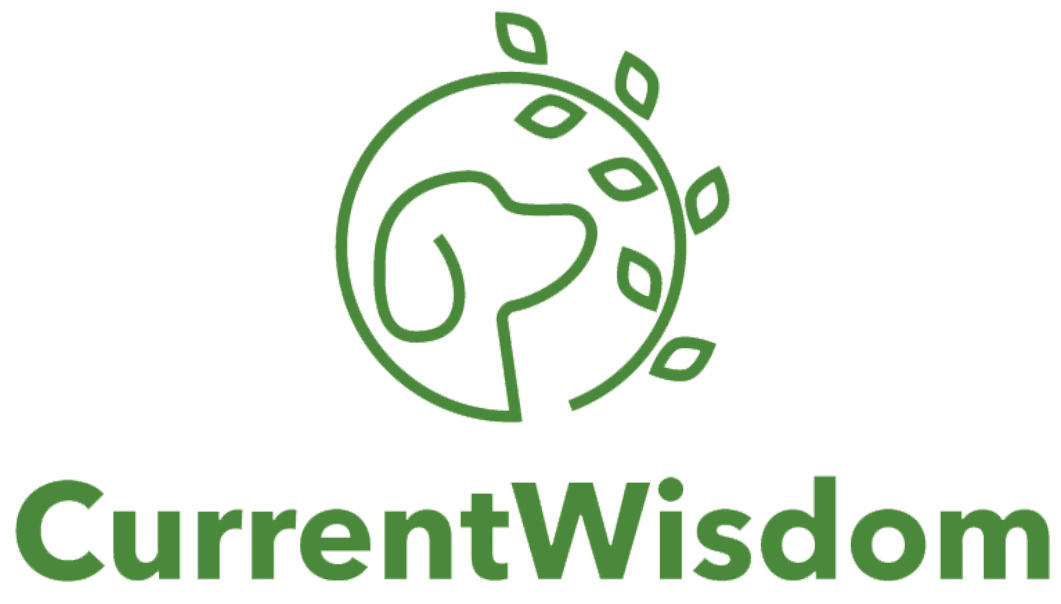What Your Product Tells Investors

When a demo is more than a demo
(That’s Braxton from the Oregon Human Society. Go adopt him. Or any of the animals there. Oregon is a cool state for pets.)
Team. Product. Market. When raising money, we are told those are the three things to think about. Team. Product. Market.
But what does that mean? Which one is the most important? Everything I read talks about the beauty of products, of the elegance of products, about the virality of products. Every single Techcrunch post focused on the product as does every single quote from an investor.
BOOM! Product is the most important.
Wrong. It’s market (although based on the read ratio of my market post compared to the team post (1:7), I think no one believes me.).
But, investors tell us its Team, Team, Team. Are they lying? No.
So how does product fit into all this?
It is a simple indicator of the team’s ability to operate within a large, interesting market and, more importantly, diagnose and attack the white space problems within that market.
Here is my favorite example of a really interesting product. In the game World of Warcraft, one common action is waiting for your team to assemble to go on quests. This can take a long time, as people need to get home from work, level up, stop getting yelled at by their mom for not going outside, etc. Frankly, its boring as hell. So much so, that Blizzard, the makers of WoW, have created a game called Hearthstone to play while waiting. Brilliant.
Another favorite example is Warby Parker. As a quick recap:
US Eyeglass market is $28B
Dominated by 1 player, Luxottica who owns the retail space.
Only 16% of the market is online, but all of that is primarily contacts and primarily owned by 1–800-contacts.
Why aren’t eyeglasses bought online? People want to know what they look like in the frames. What does Warby launch as their first product? The ability to upload a photo of your face and place glasses on it, coupled with an easy way to return glasses that you don’t like. Brilliant.
In both cases, both teams understood the market, and a hole that they could build a product to fill, showing that the market+team+product = investment.
Optimizing Product
You are in the midst of raising. You have the team slide nailed. And you know more about your market than Wikipedia. Now it’s time to tie those two things together with an awesome product presentation. Lets break down the key questions:
Do I need a demo?
Yes. But it can be future focused and imperfect. The key to the demo — show your vision for what the product can be. Generate excitement. The demo is your opportunity to be the minstrel spinning a story that engenders excitement and desire among the investors.
Do I need a business forecast?
Yes. You may not need to show it, but you need to be able to understand the financial potential of your business. Investors are not investing because they love your fonts.
Do I need to know all the answers?
No. But you need to know all the questions. At the seed stage your goal is to understand enough about the market to make strong guesses at what might work. You are not required to have it all figured out.
Being thoughtful goes a very long way.
What is the goal of the demo?
To show the investor that of all the pitches she has seen, your team is the one to back. Don’t forget that part.
It’s not to show that you can build beautiful; it’s to show that you can build big.
In raising money, product matters, but only as a connector between market and team. The investor you are pitching has done his research. He knows the markets that he is interested in, and he knows (or at least thinks he knows) what kind of products potentially could be financially viable.
That investor is now on the look out for pitches of products and teams in the area of the market they are interested in, so the first checkbox — market is somewhat assumed. (Hence the lack of focus on market when an investor is asked what he invests in.)
They also aren’t newborns. The investors have worked with dozens, maybe hundreds, of people. They know the type of people they like to work with and therefore have a preconceived notion of what a “good” team is. You are meeting with them, because you fit that notion.
What they don’t know is if your team, above all the other teams, is the one to back.
Your actual product; your approach to that product; and your plan for growing/building the product is often the difference between yes and no.
A bonus founder point: At some point, a product focused founder will have to grow into being a business-y CEO. Part of how you present your product provides some clear clues to your ability to make that transition. Be aware of that, and make sure that you showcase your ability to make that transition.
